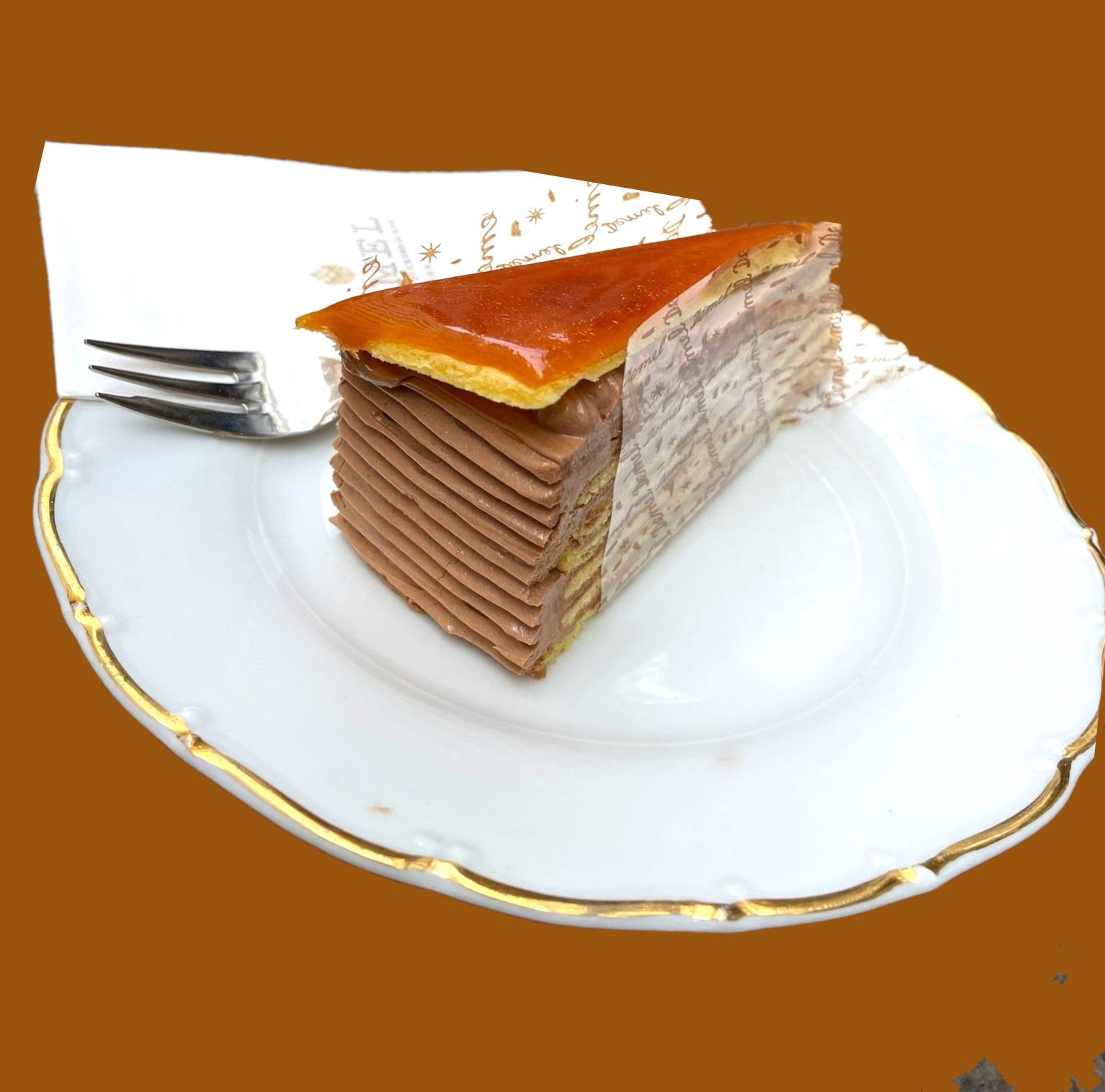Recipes
When I received my grandmother's recipe notebook, many years after she died, it took me a couple of years to decipher the content and translate some of the recipes into English. The translation itself was a challenge as my German knowledge was limited - now, thanks to this recipe project, it has much improved.
Another difficulty was that the German language is more distinct about actions like mixing and whipping, according to intensity. The same goes for grinding nuts - is grinding pounded, crushed, grated, ground or finely ground? And then there are the names of ingredients that do not exist today in our every day or names not used anymore in modern German.
Recipes of the past are very different from the detailed recipes we are used to today. Each recipe has a few lines with the ingredients, their quantities and some hints about the preparation process. The title of the recipe frequently reveals a lot about the resulting cake: its shape, purpose or tradition.
An experienced baker, like my friend, Leora, had to check the translation and apply her baking skills, sometimes by trial and error, to turn the recipe into a successful pastry. With the adapted recipe from Leora, I tried it, once or twice, until I reached a tasty and decorative result, to the delight of my family and also to take a photo for the "Pastries from the Past" book and this blog.
We were surprised by the number of eggs and amount of sugar used in the recipes and the sheer size of some of the cakes. In some recipes, we had to work with half the instructed quantities and in most recipes, we reduced the amount of sugar drastically.
Special difficulties understanding in each recipe were the confusing units of measure used along the pages of the recipe notebook, the unfamiliar tools or ingredients mentioned and the lack of specificity regarding the time and temperature required for each step of the baking process.
Some of the adapted recipes from my grandmother's notebook can be found on this site:
Vanilla Crescents - The Vanillekipferl is a crescent-shaped Christmas cookie much loved in Austria and throughout Europe
Chesnuts Cake - Cakes made from chestnuts are very delicious, very common in Hungary but rare in North America. Chestnuts are a useful gluten-free alternative to traditional flours.
Two Nuts Cake - Made from ground almonds and walnuts. The easiest cake to make and the icing is also very special.
Linzer Tart - The tart is baked like a pie with a delicious buttery almond crust, filled with black currant preserve and topped with a latticework crust.
Linzer Cookies - In the Austrian city of Linz, bakers came up with a cookie version of the Linzer Tart that they could stock in their shops and it became a Christmas holiday tradition all over Europe.
Snow Cake - When you used the egg yolks for all kinds of dough you are left with any amount of unused egg whites that is the time to make a Snow Cake.
Date Kisses - Merengue and fruit combination that has a soft and chewy texture. Very easy and quick to bake.
Maraschino Walnut Cake - In the Maraschino Walnut Cake, the liqueur flavor is quite distinct but not overwhelming. A remarkable combination of flavors - walnuts, liqueur and chocolate.
Strudel dough - The Strudel is the most iconic Austrian and Hungarian dessert, so its dough deserves a special post. The various fillings will be in separate posts.
Ladies' Whim - Ladies’ Whim is an old Hungarian recipe, which was very popular decades ago....and still is. A light short-crust dough, a layer of raspberry jam with a topping of meringue.

